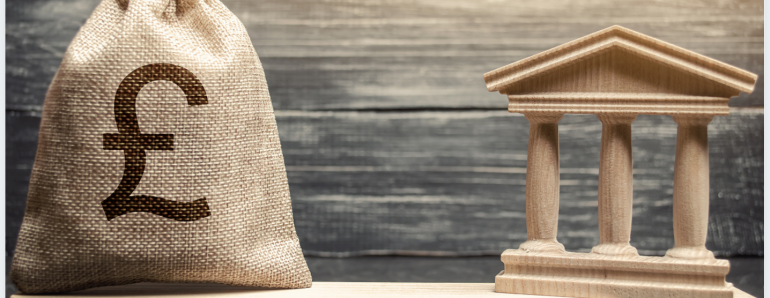Do you want to save money on tax? Then think about making a pension contribution. The government wants you to save for older age and encourages you to do this with significant tax breaks. It does not matter if you are employed or self-employed a business owner or a non-earner you can benefit from significant tax relief when it comes to pension planning.
The one thing you need to think about is affordability – because the government gives you these tax breaks to save for retirement, you cannot access the contributions in normal circumstances until you are at least age 55. So, you need to be able to do without the money until this age. Let’s look at how it works depending on your status:
Business Owner Ltd Company
The government allows you to pay a pension contribution directly from the company as an employer contribution. The contribution is paid as a business expense and is an allowable expense against corporation tax. This makes it a very tax efficient way to extract money from the company before corporation tax is applied. By making a pension contribution in the manner you are effectively withdrawing deferred tax-free earnings – remember it is deferred as you cannot access the funds in normal circumstances until you are at least age 55.
Self Employed or Partner in a business
You can still make a pension contribution, but it works in a slightly different way. Rather than paying the contribution before you get taxed on it you pay the contribution out of taxed money. The government still gives you tax relief initially via the pension scheme. Let’s look at an example. If you decided it was affordable to pay in £1,000 the government gives you basic rate tax relief (20%) by grossing this up to £1,250. So, you pay the £1,000 to the pension company and then the pension company applies to HMRC for the £250 tax relief to be added to your pension fund. If you are a higher rate taxpayer, it gets better. When you complete your self-assessment tax form you can claim a further 20% relief which you receive back through your tax code. This effectively means you have paid £750 for the £1,250 contribution to your pension. As an addition rate taxpayer, the relief is 45%. Higher earners who earn over £150,000pa potentially can have a reduced allowance.
Employee
As an employee there are 3 methods of paying pension contributions:
1) Relief at Source
This is where an employee pays their pension contribution after tax has been deducted. The employee pays the net payment and then gets tax relief added to their pension fund. So, for an example the employee pays £100 to a pension, the pension company then applies to HMRC for the tax relief of £25 and this is then added to the pension scheme. This method is very good for non-taxpayers as tax relief is still claimed regardless. As above higher and additional rate taxpayers can apply for an additional 20% or 25% via self-assessment which is given back by an adjustment to the tax code.
2) Net Pay Method
Here the pension contribution is deducted before income tax is deducted from the payslip. So, tax relief is gained immediately. So, in this example if the employee pays £100 this is before income tax is deducted and whether the employee is a basic, higher, or additional rate taxpayer all the tax relief is gained immediately. However, for non-taxpayers this is not such a good method as no tax relief is gained.
3) Salary Sacrifice
Very similar to an employer contribution in that the employee gains full tax and national insurance relief. With this method the employee agrees to give up salary in exchange for the amount given up being paid into the pension. This is a formal arrangement and must be documented by an exchange of letters between the company and the employee. This is also the most tax efficient route for an employee to make pension contributions because the payments are made before income tax and national insurance are deducted. There are downsides to this route with the reduction in salary affecting take home pay, future mortgage applications and some state benefits.
Non-Earner
Even non-earners can benefit from making a pension contribution. The government allows up to £3,600 to be paid into a pension if you do not have any earnings. Tax relief is claimed via the relief at source method above. So, you pay £2,880 into the pension and this is topped up by HMRC with £720 in tax relief. This is great for non-working adults, but also children can start a pension with parents or generous relatives making the contribution on their behalf.
If you have any questions on how to start a pension please contact us.




